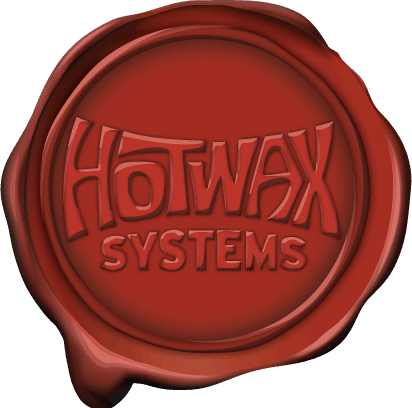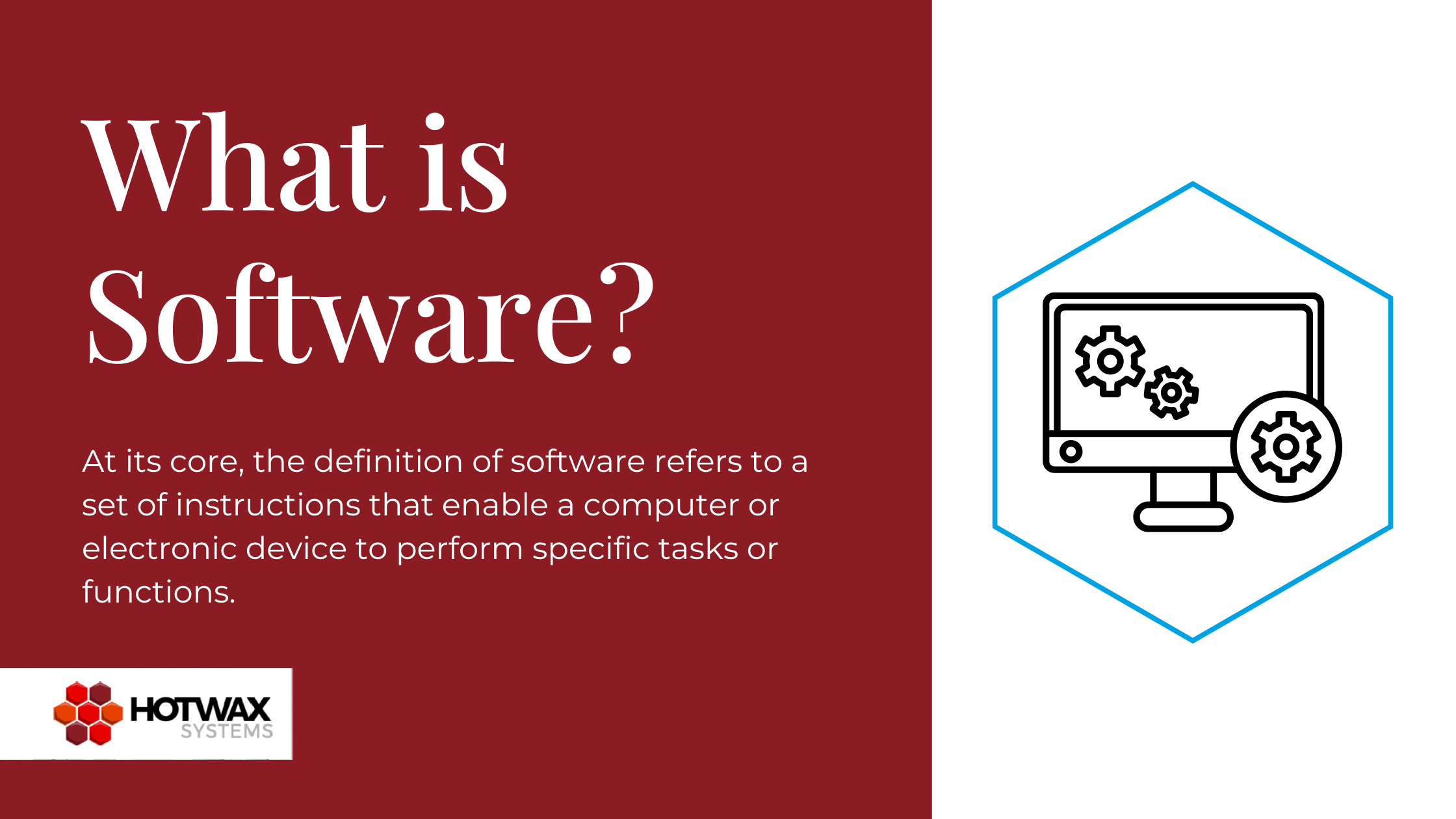What is Software?
At its core, the definition of software refers to a set of instructions that enable a computer or electronic device to perform specific tasks or functions. These instructions are written in a programming language and are executed by the computer's central processing unit (CPU). Software is intangible and contrasts with the physical components of a computer, such as hardware.
Examples of Software:
Software comes in various forms and serves a multitude of purposes. For example, there are operating systems like Microsoft Windows, macOS, and Linux. Then there’s productivity software, such as Microsoft Office or Google Workspace, that assist users in creating documents, spreadsheets, and presentations.
There’s also entertainment software, like video games and multimedia applications, that offer users recreational experiences. Things like web browsers, antivirus programs, and mobile apps are also examples of software.
What are the Main Types of Software?
Software can be broadly categorized into two main types: system software and application software.
System Software: System software acts as an intermediary between a device’s hardware and application software. It runs in the background and is not something a user typically interacts with.
Instead, the software interacts with elements of the device it’s running on, while other software programs/applications run in the foreground. For example, operating systems like macOS, Linux, and iOS are examples of system software.
Application Software: Application software is designed to perform specific tasks for end users. It includes a wide range of programs tailored to meet different needs.
For example, productivity software like word processors and spreadsheets, creativity software like graphic design tools and video editors, and entertainment software like games fall under this category. Mobile apps, web browsers, and communication tools like email clients are also examples of application software.
What is the Difference Between Software and an Application?
While the terms "software" and "application" are often used interchangeably, they have distinct meanings. Software is a broad term encompassing all sets of instructions that enable a computer to function.
On the other hand, an application is a specific type of software designed to perform a particular task or set of tasks for end-users. In essence, all applications are software, but not all software is necessarily an application.
What is the Difference Between Software and Hardware?
The distinction between software and hardware lies in their physicality. Hardware refers to the tangible components of a computer or electronic device. In contrast, software is intangible – it comprises the instructions and code that tell the hardware how to operate and perform specific tasks.
What is the Difference Between a Program and Software?
A program is a specific set of instructions written in a programming language to perform a particular task. Software, on the other hand, is a broader term encompassing a collection of programs, procedures, and documentation that work together to enable a computer or electronic device to function.
In simpler terms, a program is a subset of software, and software encompasses all the programs and related components needed for a system to operate effectively.
Is OFBiz™ system software or an application software?
Apache OFBiz can be classified primarily as an application software, and more specifically as an application development framework.
This is because it provides a suite of business applications and tools that cater to specific business needs such as ERP, CRM, ecommerce, and more. Though as an open source ERP it can be used as a central database that connects different areas of business, users still interact with OFBiz as they would typical application software, utilizing its features to perform specific tasks related to their roles within the organization.
It’s also highly favored among developers for the flexible and functional framework it provides.
Conclusion:
The world of software is vast, dynamic, and influences every aspect of our digital lives. From the operating systems that power our devices to the applications that cater to our diverse business, education and entertainment needs, software is the invisible force that drives all our technological tasks.


